One More Step to Go!
We have also sent a verification link to your email ID:
qabuyer@droom.in
Please verify your email account
The Ignis is a unique car, its combination of tall-boy dimensions and a crossover-like stance has appealed to a lot of buyers. Enter Ford's new Freestyle – it gets crossover-like styling cues, a raised and retuned suspension and a premium kit. So, which is the better cross-hatch? Here, in this test, we’ve compared the diesel versions of both cars.
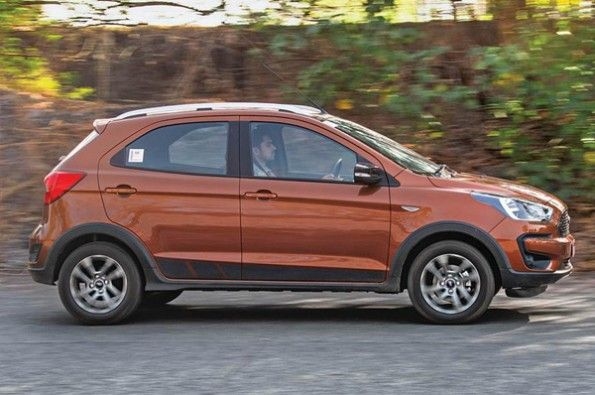
The Freestyle sports a black and brown theme and the top half of its dashboard is chocolate brown. You also get Ford's new touchscreen Sync 3 infotainment system, that’s positioned high-up on the dashboard. The interior feels a lot better put together than the cabin of the Ignis, but the centre console on the Ford feels a bit too wide. You sit slightly higher than you do in the Maruti but getting in and out is quite easy. Also, the seats are nice and comfy. There’s a height-adjustable seat belts, leather-wrapped steering, aircon knobs finished in chrome and even sun visors with vanity mirrors. Legroom and knee-room are decent but taller passengers may have a problem. There’s barely any storage in the back though, apart from the seatback pockets and a bottle holder between the front seats. The car’s boot is 257 litres, which is enough for a weekend getaway. The seats don’t split 60:40 like the more versatile Ignis, however.
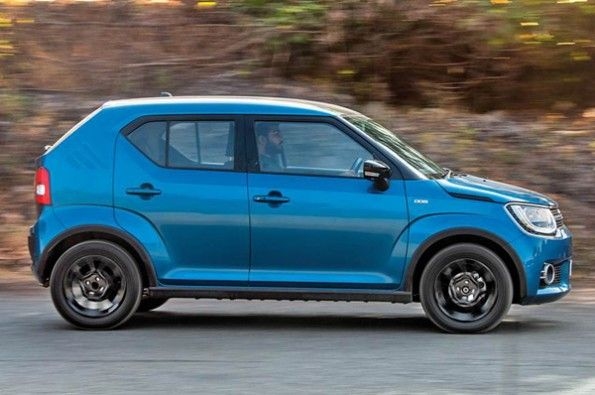
The Ignis’ cabin looks funky - the two-tone theme and lighter colours make the cabin feel nice and bright. There’s a flat dashboard, floating touchscreen, cylindrical climate control console with toggle switches and certain body-coloured bits that all come together to give the cabin a futuristic air. Quality is good for the most part, it’s not the better of the two here. The bolstering doesn’t hold you in place well on the front seats, but they provide enough support. At the back, the Ignis is better, it’s airy and there’s ample head-, knee- and legroom. You get door bins, a front seatback pocket and a bottle holder between the front seats for storage and boot space is at an almost identical 260 litres.
The Freestyle gets a lot of safety kit, you get six airbags, traction control (TC) and electronic stability program (ESP), along with active rollover prevention (ARP). It even comes with auto headlamps, an auto-dimming mirror, height-adjustable front seatbelts and the MyKey function. The touchscreen infotainment system comes with Android Auto and Apple CarPlay. The Ignis gets projector LED headlamps and keyless entry, dual airbags and ABS, and a touchscreen that offers Android and Apple connectivity.
The Freestyle has a larger 1.5-litre diesel engine that puts out 100hp. The car is easy to drive and responds well to every tap on the accelerator. It’s easy to drive in stop-start traffic and it picks up the pace also quite well. The car can hit 100kph from standstill in a time of 11.70sec, which is almost 1.5sec quicker than the Ignis. The engine isn’t the most refined unit though.
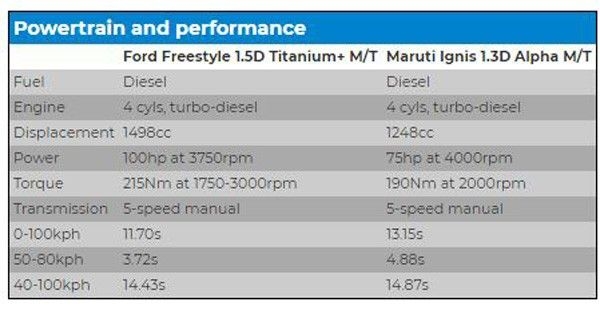
Under the hood of the Maruti sits a Fiat-sourced 75hp, 1.3-litre diesel engine. Even though it makes 25bhp lesser, the Ignis’ lighter body compensates. The engine isn’t as responsive but once the boost kicks in, this engine spins freely. The Ignis feels quicker of the two when you’re overtaking in the city. The engine in the city is quite silent, but compared to the Freestyle, it is the one that’s noisier.
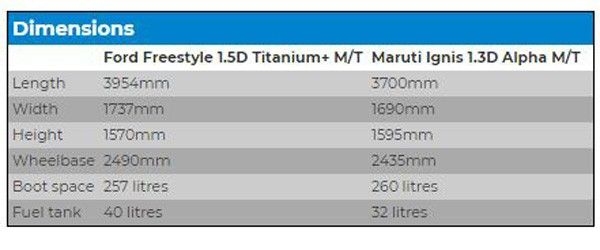
Ride, handling and balance in the Ford is simply outstanding. It tackles bad roads with great poise, and big holes only register as thumps. The car also inspires confidence in corners, it’s quite direct and responds to your input really well. The Ignis is much easier to drive - controls like the steering, gearbox, and clutch are nice and light, making it rather effortless to drive in the city. Ride is absorbent and the car remains flat over bad roads. The steering tends to feel disconnected, but apart from this, it is neat to drive and nimble to manoeuvre.
The Freestyle is available with petrol and diesel engine options - the diesel range starts at Rs 6.09 lakh (ex-showroom, Delhi). The top-spec Titanium+ trim tested here costs Rs 7.89 lakh. The Maruti Ignis diesel starts at Rs 6.32 lakh and it is available in three variants with manual and automatic transmission options. The variant tested here is the top-spec Alpha manual, which is priced at Rs 7.58 lakh (ex-showroom, Delhi).
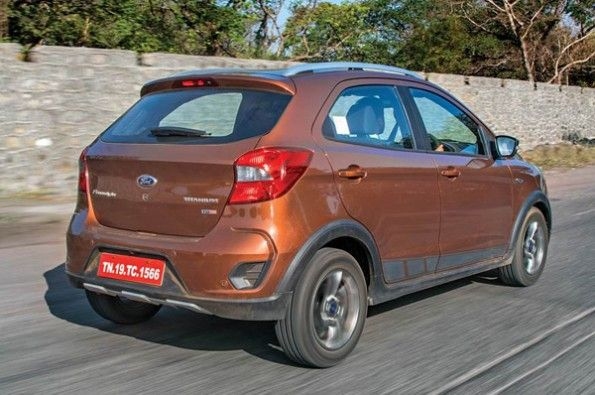
The Ignis is a stunning looking car - it is surprisingly spacious on the inside; the interiors feel bright and airy and the controls are light. The engine is easy to live with and the car has a lot of practical bits. The Ford Freestyle is a lot more engaging to drive, is better on bad roads, has superb brakes, a much more powerful engine, and is a significantly better performer. The back seat isn’t the most comfortable either. The Freestyle is also more expensive, bear in mind, but you get a whole lot of kit.
The Freestyle is not perfect, but it drives better, and it gives you the feeling of getting much more for your money. So, it is the cross-hatch to buy.
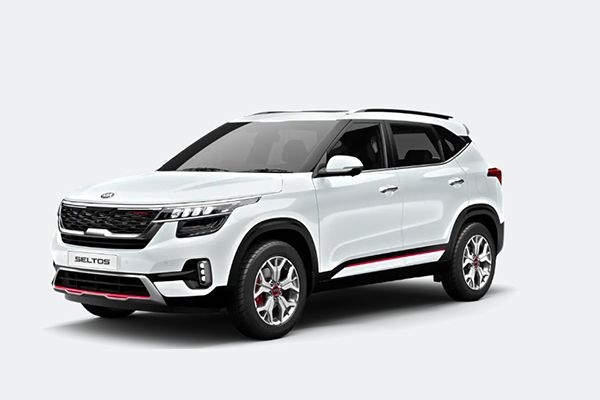
Kia recently unveiled the 2023 Seltos facelift in India, and the bookings for the updated model will start on July 14.
Read More
We drove the Hyundai i20 N Line recently to find out whether it really delivers a sporty experience?
Read More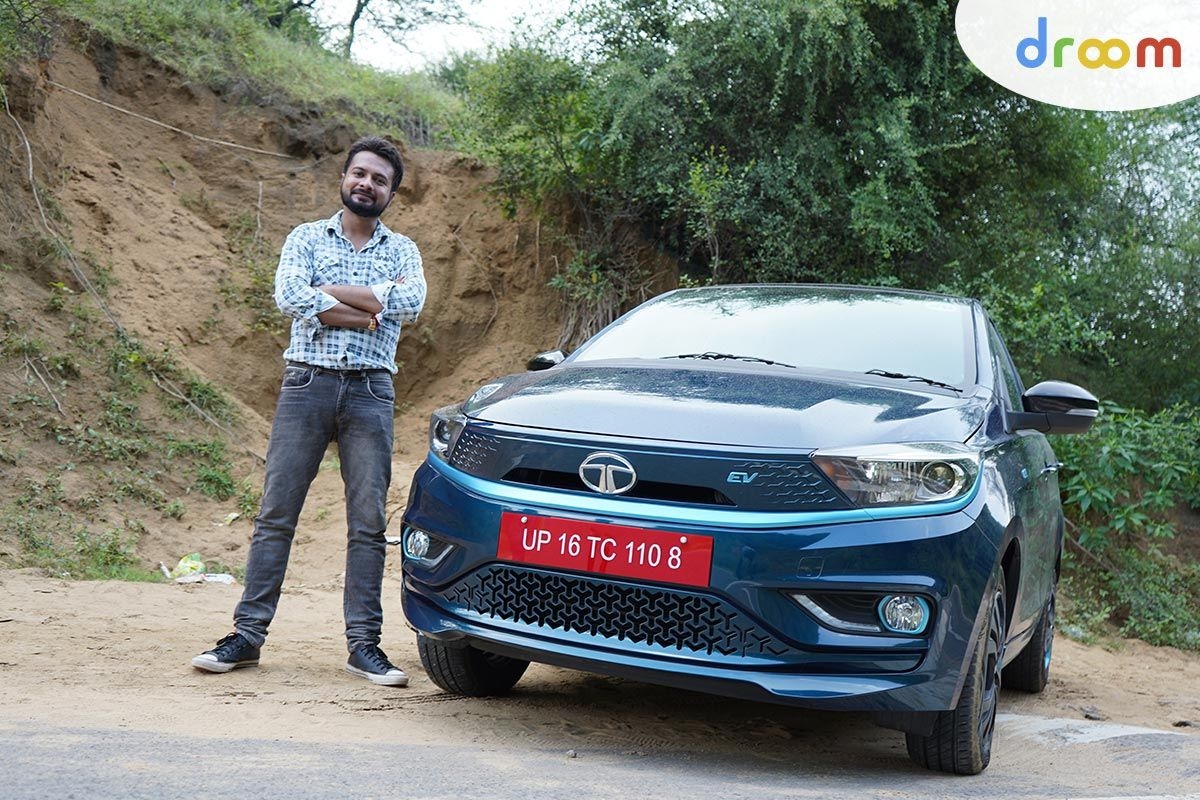
We recently took the Tigor EV out for a spin and we gathered interesting information about it
Read More
Introduced last year at the Delhi Auto Expo, Volkswagen Tiguan All-Space aims to offer more room and an additional row of seats. Can it manage to take away a few chunks from the full-grown SUV pie is what we are here to find?
Read More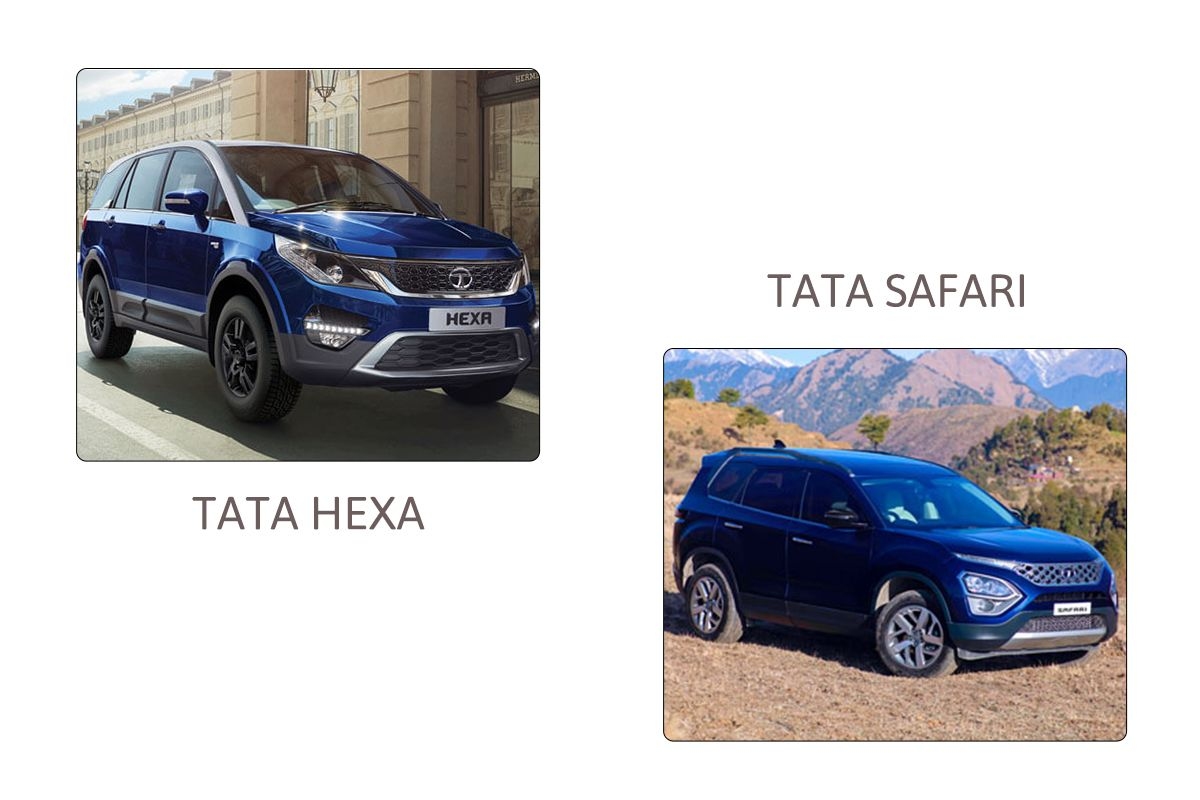
New Tata Safari or Used Tata Hexa: Price, Variants, Features & Engine Specifications
Read More
Toyota Kirloskar Motors last year entered the subcompact SUV space with the Urban Cruiser. What is this new model all about, let us find out?
Read More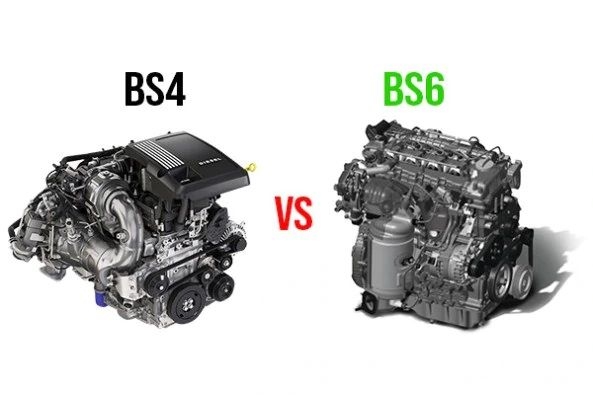
New BS6 Emission Norms apply to all major on-road vehicles categories in the country. The impact on petrol and diesel vehicles analyzed.
Read More
We compare domestic vs foreign car brands in India
Read More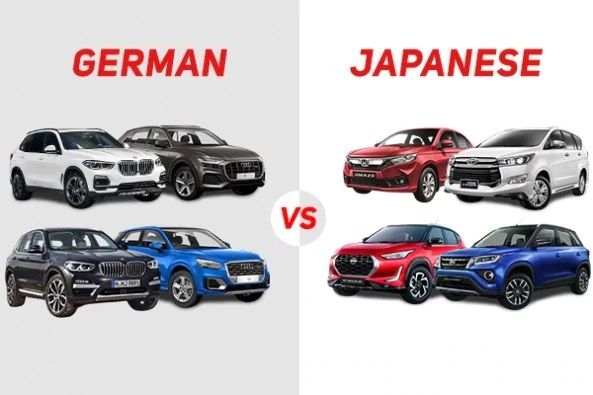
Check out the story to find out what differentiates Japanese and German automakers from each other in terms of price, safety, and reliability.
Read More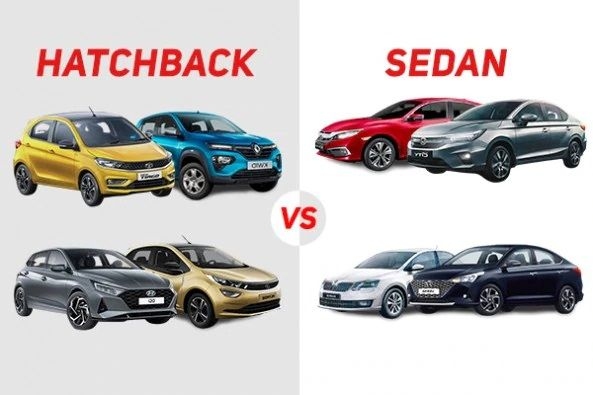
Read this story to find the factors that could be the key to making a smarter choice between a hatchback and a sedan
Read More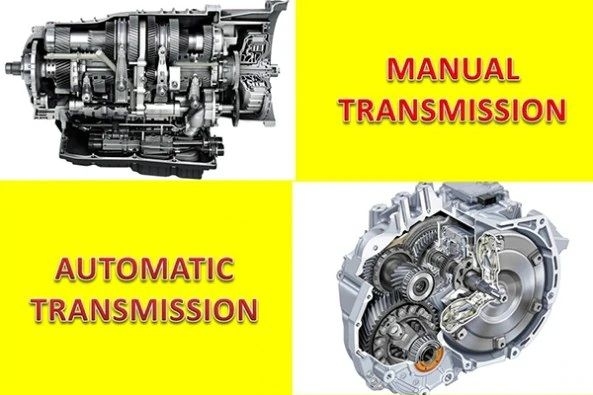
Know the primary and secondary differences between manual and automatic gearboxes in this piece
Read More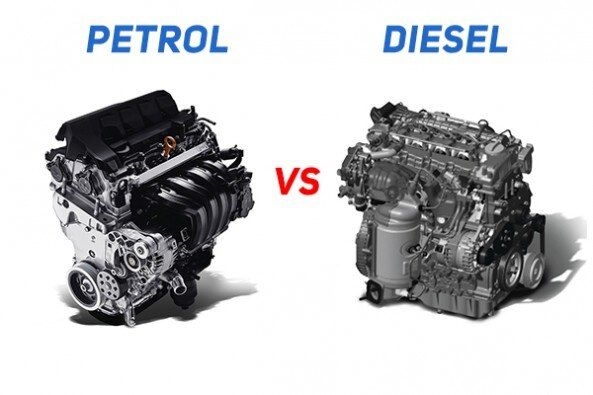
What is the basic difference between petrol vs diesel engines let us find out?
Read More